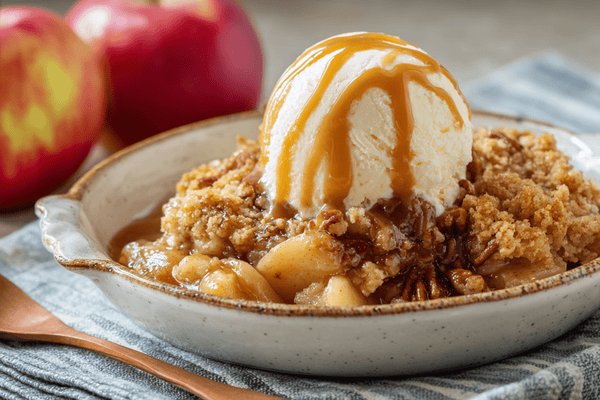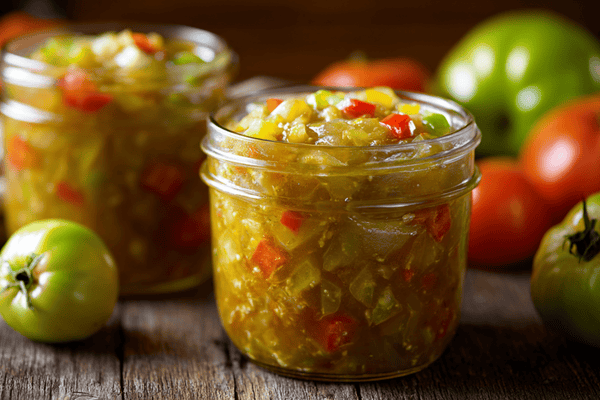
Spring is an exciting time for foodies as fresh, flavorful produce starts to emerge after a long winter. From vibrant green asparagus to earthy artichokes, there are plenty of spring vegetables to choose from. In this article, we'll explore the best spring vegetables, how to choose and prepare them, and why they're so good for you.
Table of content
The Benefits of Eating Spring Vegetables
Eating a variety of spring vegetables is not only delicious but also great for your health. Here are some of the benefits:
Rich in Nutrients
Spring vegetables are packed with vitamins, minerals, and other nutrients that your body needs to function at its best. For example, asparagus is a good source of fiber, folate, and vitamins A, C, and K. Artichokes are high in antioxidants and contain fiber, vitamins C and K, and potassium.
Support Local Agriculture
Spring vegetables are often grown locally and in season, which means they're fresher and more flavorful than produce that has been shipped long distances. Eating local also supports your community's farmers and economy.
Variety in Your Diet
Eating a variety of spring vegetables can help you get out of a food rut and add excitement and flavor to your meals. From the bright colors of radishes and carrots to the rich flavor of fava beans, there's something for everyone.
Top Spring Vegetables to Try
There are so many delicious spring vegetables to choose from, but here are some of our favorites:
Asparagus
Asparagus is a quintessential spring vegetable with a unique flavor and texture. Choose stalks that are firm and bright green with tight, closed tips. Try grilling or roasting asparagus for a simple and delicious side dish.
Artichokes
Artichokes are a little more challenging to prepare, but the effort is worth it for their delicious, earthy flavor. Look for artichokes that are heavy for their size and have tightly closed leaves. Steam them and enjoy them with butter or a simple vinaigrette.
Peas
Peas are sweet and tender in the spring and can be eaten raw or cooked. Look for plump pods that snap easily when bent. Try adding them to salads or sautéing with garlic and herbs.
Radishes
Radishes are a spicy, crunchy addition to salads and sandwiches. Look for firm, round radishes with bright skin and crisp leaves. Try slicing them thinly and adding them to tacos or crostini.
Carrots
Carrots are a year-round staple, but they're particularly sweet and tender in the spring. Look for small to medium-sized carrots with bright orange skin and green tops. Roast them with honey and herbs for a flavorful side dish.
Fava Beans
Fava beans have a creamy texture and nutty flavor that's perfect for spring. Look for pods that are plump and firm with no brown spots. Shell them and blanch them before adding them to salads or pasta dishes.
How to Prepare Spring Vegetables
Preparing spring vegetables can be simple, but it's important to know a few tricks to get the most flavor out of them.
Wash Thoroughly
Spring vegetables can often be sandy, so it's important to wash them thoroughly before preparing them. Use a colander and running water to rinse off any dirt or sand. For vegetables with delicate leaves, like spinach or lettuce, place them in a bowl of cold water and gently swirl them around. Drain the water and repeat until the water runs clear. Washing your vegetables will help remove any debris and reduce the risk of foodborne illness.
In summary, washing your spring vegetables is a crucial step in preparing them for cooking or eating. By following these simple steps, you can ensure that your vegetables are clean and safe to consume. So go ahead, and enjoy the delicious taste of fresh spring vegetables knowing that you've taken the necessary precautions to keep yourself and your family healthy.
Store Properly
To keep your spring vegetables fresh, store them properly. Most vegetables should be kept in the refrigerator, but some, like tomatoes and avocados, should be stored at room temperature. Keep herbs in a jar of water on your countertop to keep them fresh longer.
Use Different Cooking Methods
Spring vegetables can be cooked in a variety of ways to bring out their flavors. Roasting, grilling, steaming, and sautéing are all great methods for different vegetables. Don't be afraid to experiment with different spices and seasonings to find your favorite combinations. Here is a recipe idea for Roasted Spring Vegetables:
Roasted Spring Vegetable Medley
Ingredients:
- 1 bunch asparagus, trimmed
- 1 large zucchini, sliced
- 1 yellow squash, sliced
- 1 red bell pepper, sliced
- 1 red onion, sliced
- 2 tbsp olive oil
- 2 garlic cloves, minced
- 1 tsp dried thyme
- Salt and pepper to taste
Instructions:
-
Preheat your oven to 400°F (200°C).
-
In a large bowl, toss together the asparagus, zucchini, yellow squash, red bell pepper, and red onion with olive oil, minced garlic, dried thyme, salt, and pepper.
-
Spread the vegetables in a single layer on a large baking sheet.
-
Roast in the preheated oven for 20-25 minutes, or until the vegetables are tender and lightly browned.
-
Serve hot as a side dish or as a main course with your favorite protein.
This roasted spring vegetable medley is a delicious and healthy way to enjoy the fresh flavors of spring. You can also customize the recipe by adding other seasonal vegetables like carrots or radishes.
FAQ
Q: What makes spring vegetables different from other vegetables?
A: Spring vegetables are typically grown and harvested in the spring season, making them fresher and more flavorful than other vegetables that may have been shipped long distances or grown out of season.
Q: What are some easy ways to incorporate spring vegetables into my diet?
A: Adding spring vegetables to salads, stir-fries, soups, and pasta dishes are all easy ways to incorporate them into your diet. You can also enjoy them as simple side dishes, like roasted asparagus or steamed artichokes.
Q: Are there any health benefits to eating spring vegetables?
A: Yes, spring vegetables are packed with nutrients like vitamins, minerals, and antioxidants that are important for overall health and wellness.
Q: How do I know if a spring vegetable is ripe and ready to eat?
A: Look for signs of freshness, like bright colors and firm textures. Some vegetables, like asparagus and artichokes, should have tightly closed tips or leaves. Consult a produce guide or ask your local farmer for tips on selecting the freshest produce.
Conclusion
Spring vegetables are a delicious and nutritious addition to any diet. With so many varieties to choose from, there's something for everyone. By knowing how to select and prepare them properly, you can enjoy the full flavor and health benefits of this season's bounty. So, why not head to your local farmer's market or grocery store and pick up some fresh spring vegetables today?


